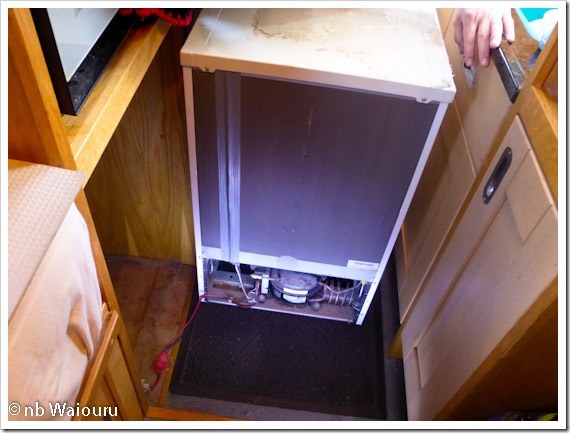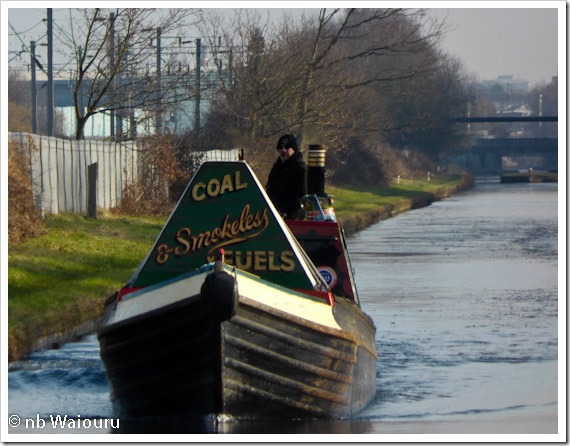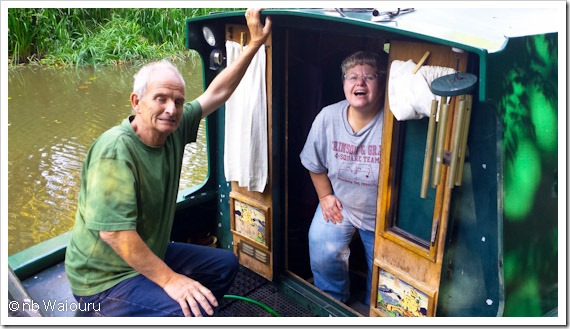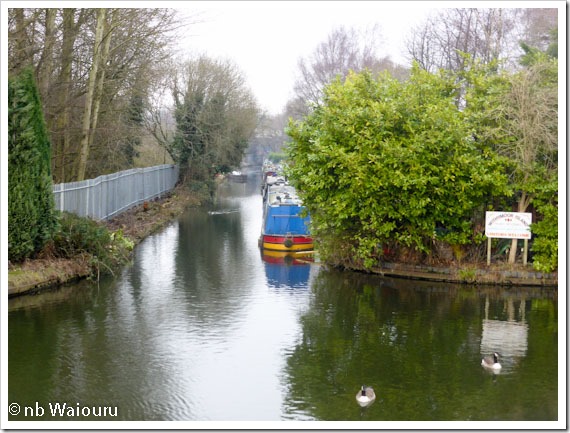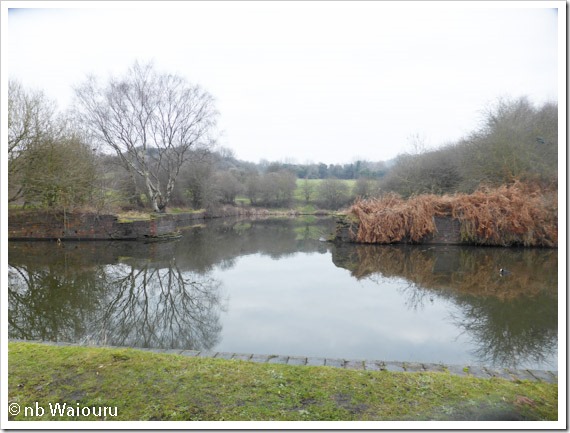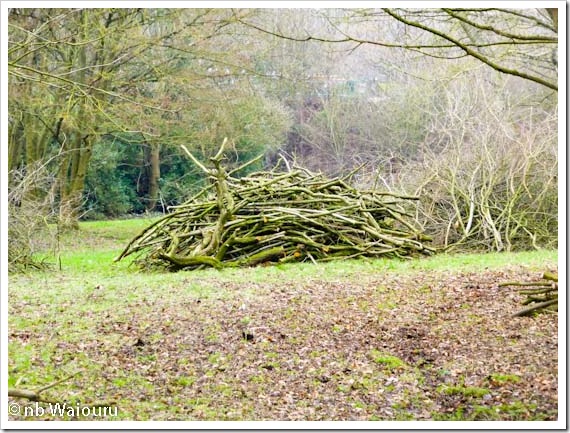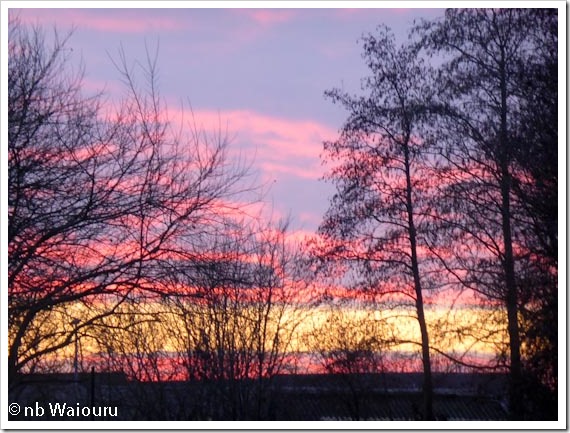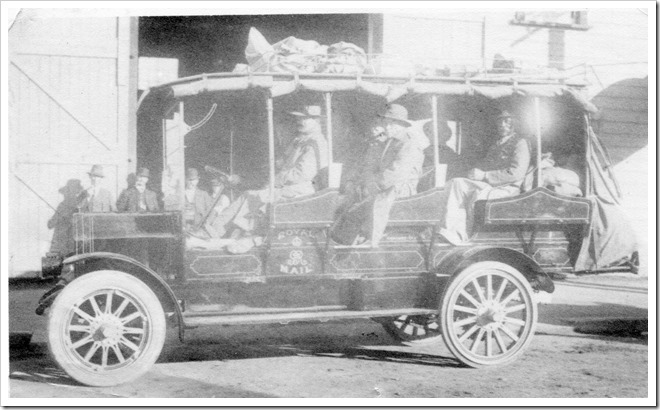If you read yesterday’s blog post you might have noticed the christian names
of Thomas Mander Mills’ sister Annie who died on the voyage. Two of her names
come from the ship. (Annie Laty
Banfield
Invererne Mills.
So Elijah and Sarah made their way to Dannevirke with their nine surviving
children. Actually they went on to have three more. 12 children in 19 years.
It must have been very difficult and expensive try to feed, cloth, accommodate
and educate such a large family whilst simultaneously attempting to establish
yourself in a new land.
From this point I’m relying on my mother’s memory.
The struggle for the family must have become too difficult because after attending Woodville
primary school Thomas was sent to live and work as a farm boy on the property of
Mr & Mrs Thomas Hunter's station, at Porangahau. They had no children and
must have been impressed with young Thomas because instead of placing him in full-time employment on the farm they paid for him to get a
secondary education as a boarder at
Te Aute College,
Pukehou.
Te Aute College was established by the Anglican Church in 1854 with the
objective of educating Maori boys for attendance at university. A number of its
former pupils have gone on to have distinguished careers. Not only did Thomas
gain an excellent education but he also learned to speak Maori and understand
Maori culture. My mother could remember walking through Dannevirke with him and
watching her grandfather
hongi and speak Maori with local
tribal elders.
Apparently Thomas proved to to have a natural ability of training and working
with horses. After his formal education had been completed Thomas found
employment working with horses. At this time most of New Zealand’s transport
was by sea or river. Main population centres were being connected by rail,
although the rugged nature of the country made this slow. Minor inland
locations were connected by rough unsealed roads which were used by bullock
carts. Passengers and mail travelled by horse drawn stage coaches. The largest
company was Cobb & Co (of wild west fame) and Thomas obtained employment with them as a
stage coach driver.
Meanwhile my great grandmother was living the lonely life of the sole daughter
of a wealthy sheep station owner. She had been educated to be a “young lady”
with a personal maid and domestic servants to look after her every need. Well
not quite all her needs! She wasn’t allowed to fraternise with the children
of the station’s employees.
The weekly stage coach arrives being driven by a young handsome (so that’s
where I get it from), personable, educated, and ambitious male of the right
age. It wasn’t long before raging hormones took over! Elizabeth Crallan
decided Thomas Mills was the most promising prospect she had seen to date and
she wasn’t about to become a wallflower. Despite her parents threat to “cut her
off” she married Thomas.
Thomas must have been intelligent, astute and ambitious because the same year
they married he established his own business in Dannevirke
The Cyclopedia of New Zealand records
MILLS, THOMAS MANDER, Livery and Bait Stable Proprietor, Barraud Street,
Dannevirke. This business was established by the present proprietor, in January,
1894. The premises consist of commodious stables, up-to-date in every respect,
containing over fifty stalls and loose boxes, and accommodation for vehicles.
Five coaches, two 'busses, a waggonette, a landau, two waggons, three double
buggies, and a large number of single buggies and gigs are employed in the
business; and Mr. Mills is assisted by a staff of twelve experienced persons.
Mr. Mills also holds the Government Weber-Herbertville mail contract, and in
conjunction with his business farms 140 acres of good grazing land. Mr. Mills
is a member of the Dannevirke Jockey Club, the Hawke's Bay Agricultural and
Pastoral Society, and the local Lodge of Foresters.
I have even found a photo of the premises
Having been raised a a lady, Elizabeth was determined to play her part as the
wife of one of the towns most important businessmen. She didn’t have a maid so
her daughter, Edna was both trained as a lady and learned to assist her mother
dress in the capacity of a maid. Elizabeth was a leading figure in the local
woman’s temperance movement, although my mother can remember she routinely drank
a “
Hot Toddy”. Obviously
purely for medicinal reasons!

Thomas was a progressive and by the turn of the century he had replaced the
business horse drawn stage coaches with the new fangled automobiles. I can
remember my mother showing me a photo of one of his royal mail coaches. It
looked very similar to the one below, although with another row of seats.
By the 1920’s he was no longer involved with horses and instead selling
American made Packard motor cars. He had also established a garage and service
station. The Mills service station still exists in Dannevirke.
Thomas died in 1945 and Elizabeth a year earlier.
<sigh> What a love story………
Now the genealogist in the family shoots holes in the story.
I can’t find any evidence of Elizabeth Crallan’s family owning a sheep
station on the Wairarapa Coast. Jan has found Thomas and Elizabeth’s wedding
certificate and established her parents were James and Elizabeth (nee
Richardson) Crallan.
In 1859 James arrived in New Zealand from Westmoreland, UK on the Regina to
join the NZ Gold Rush in the South Island. He was a sawyer by trade and after
unsuccessfully trying to get rich quick attempting to find that elusive gold he
reverted to his trade moving to Oxford in North Canterbury. Somewhere along the
way he met and married Elizabeth. James must have been quite a good sawyer
because a local Oxford feature was named after him. The Crallan Drain!
He obviously wasn’t always responsible as Jan found a court record showing he
was fined £5 for being drunk and disorderly.
After 20 years in the South Island he moved the family to Dannevirke and
established a sawmill. This would have been about the time the government
started to clear the Seventy-Mile-Bush. James and Elizabeth had two sons and a
daughter (Elizabeth). He died in 1914 aged 88 and is recorded as a respected
citizen of Dannevirke.
It would appear I cannot claim to be related to a wealthy family that owned a
large sheep station. However I can claim to be related to a drunk who had a
drain named after him. Perhaps this is my genetic connection to canals?
It’s also possible my mother mixed up her generations and it was Elizabeth
Richardson who came from a wealthy sheep station in the South Island?
 The next small task was to check the phone internet allowance. You may recall I wrote 18 days ago that we only had 429Mb left of our monthly 12000Mb allowance. To prevent us from running out of data I turned off the mobile phone ‘hotspot’ and instead connected it to the Zoom router via a USB cable. This stopped us from using our tethering (hotspot) data allowance and switched us over to the phone unlimited data allowance.
The next small task was to check the phone internet allowance. You may recall I wrote 18 days ago that we only had 429Mb left of our monthly 12000Mb allowance. To prevent us from running out of data I turned off the mobile phone ‘hotspot’ and instead connected it to the Zoom router via a USB cable. This stopped us from using our tethering (hotspot) data allowance and switched us over to the phone unlimited data allowance.  So using the Zoom router connected to the phone gives us unlimited data. Whilst this might seem great we did notice using this setup did result in some “drop-outs”. So the Zoom setup didn’t appear to be as reliable as the phone hotspot.
So using the Zoom router connected to the phone gives us unlimited data. Whilst this might seem great we did notice using this setup did result in some “drop-outs”. So the Zoom setup didn’t appear to be as reliable as the phone hotspot. 


